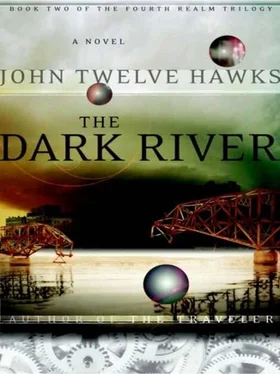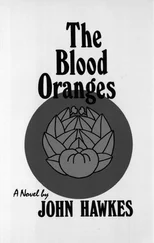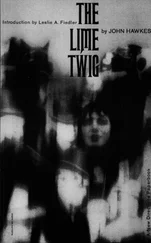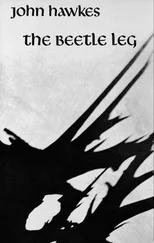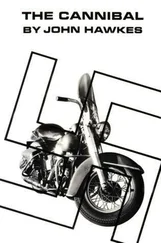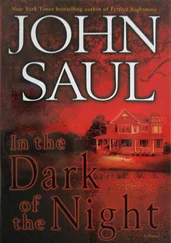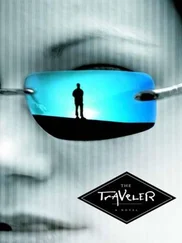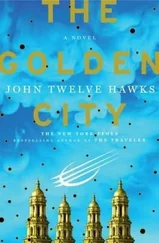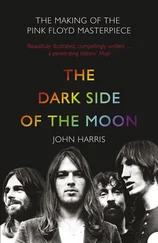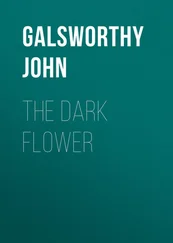Keeping her voice low, Maya explained how she found Gabriel in Los Angeles and how they ended up in Europe. Lumbroso put down his fork and listened intently when she told him what they discovered on Skellig Columba.
“I think Gabriel went to find his father in the First Realm. If he’s trapped, is there any way I can bring him back?”
“No,” Lumbroso said. “Not without going there yourself.”
Both of them stopped talking when the waiter brought out the pasta course, the small semolina dumplings called gnocchi alla Romana . Maya wouldn’t touch the food, but Lumbroso poured her another glass of wine.
“What do you mean? How is that possible?”
“You must understand that the classical Greeks and Romans did not perceive a rigid separation between our world and other realities. There were Travelers during that time, but the ancients also believed that certain ‘doors’ existed that allowed anyone to cross over to a different realm.”
“So it’s like a passageway?”
“I would say it’s more like an access point available to any seeker. A modern analogy for this would be the so-called ‘wormholes’ described in theoretical physics. A wormhole is a shortcut through space and time that allows us to travel faster from one parallel universe to another. Many physicists these days sound like the Delphic oracle-with equations.”
Lumbroso picked up a napkin and wiped some tomato sauce from his chin. “Reading ancient texts, it seems clear that many of the sacred places in the classical world, such as Stonehenge, were originally built around an object that provided an access point to other realms. To my knowledge, none of these access points still exist. But the Romans might have left us a guide that will show us where to find one.”
Maya put down her glass of wine. “Is it a map?”
“It’s much better than that. Maps can be lost or destroyed. This particular guide is hidden beneath the streets of Rome. It’s the Horologium Augusti-the sundial created by the Emperor Augustus.”
When the waiter came to their table, Lumbroso discussed various options for the next course, finally deciding on veal cooked with fresh sage. When they were alone again, he poured himself another glass of wine.
“The Horologium was not some little sundial found in the back garden. It was the center of Rome-an enormous circle of white travertine inlaid with bronze lines and letters. If you’ve walked passed the Italian Parliament building in the Piazza di Montecitorio, you’ve seen the Egyptian obelisk that created the shadow.”
“But now the sundial is buried underground?”
“Most of ancient Rome is underground. It could be argued that every city has a ghost city hidden from view. A small portion of the sundial was excavated in the 1970s by German archaeologists-some friends of mine-but they stopped after a year of work. There are still natural springs beneath the streets of Rome, and a stream flows across the surface of the sundial. And there were security problems as well. The carabinieri didn’t want the archaeologists digging a passageway that would lead directly to the Parliament building.”
“So what does this have to do with finding an access point to another realm?”
“The sundial was more than just a clock and a calendar. It also served as the center of the Roman universe. On the outer rim of the sundial there were arrows pointing to Africa and Gaul, as well as directions to spiritual gates that led to other worlds. As I said, the ancients didn’t have our limited view of reality. They would have seen the First Realm as a distant province on the edge of the known world.
“When the German archaeologists finished their project, most of the sundial was covered with dirt and rubble. But that was over thirty years ago, and Rome has experienced several floods since that time. Remember-an underground stream flows through the whole area. I’ve inspected the site and I’m convinced that a much larger section of the sundial is now exposed to view.”
“So why didn’t you check it out?” Maya asked.
“Anyone entering this area would have to be flexible, athletic, and”-Lumbroso gestured to his stomach-“a good deal less corpulent. You’d need an oxygen tank and breathing apparatus to go underwater. And you’d need to be brave. This ground is highly unstable.”
Both of them were silent for a few minutes. Maya took a sip of wine. “What if I bought the necessary equipment?”
“The equipment is not the problem. You’re my friend’s daughter-which means I want to help you-but no one has explored this area since the flooding. I want you to promise that you’ll turn around and come back if it looks dangerous.”
Maya’s first reaction was to say Harlequins don’t promise , but she had broken that rule with Gabriel.
“I’ll try to be careful, Simon. I can’t agree to anything more than that.”
Lumbroso bunched up his napkin and dropped it on the table. “My stomach doesn’t like this idea. That’s a bad sign.”
“But now I’m famished,” Maya said. “So where’s the waiter?”
The next evening Maya met Simon Lumbroso in front of the Pantheon. She had spent the day buying scuba equipment at a dive shop in the western suburbs and had stuffed everything into two canvas bags. Lumbroso had also gone shopping, buying a large battery-powered lantern, the kind of equipment miners carried in caves. He gazed at the tourists eating gelato in the square and smiled.
“The Greek philosopher Diogenes of Sinope wandered around Athens with a lantern looking for an honest man. We’re looking for something equally rare, Maya. You need to take a photograph-just one photograph-of the directions that will lead us to another world.” He smiled at her. “Are we ready?”
Maya nodded.
Lumbroso led her over to Campo Marzio, a side street near the Parliament building. Halfway down the block, he stopped in front of a doorway between a tearoom and a perfume store.
“Do you have a passkey?” Maya asked.
Lumbroso reached into his suit coat pocket and pulled out a wad of euros. “This is the only passkey you need in Rome.”
He knocked loudly and a bald old man wearing rubber boots opened the door. Lumbroso greeted the man politely and shook his hand, paying the bribe without the vulgarity of mentioning money. The bald man let them into a hallway, said something in Italian, and then left the building.
“What did he tell you, Simon?”
“‘Don’t be a fool and lock up when you’re done.’”
They walked down the hallway to an open courtyard filled with lumber, scaffolding, and empty paint cans. Families had lived in the tenement for hundreds of years, but now the building was empty and the stucco walls were stained from flooding. All the windows were smashed, but iron bars still formed a grid in the window frames. The rusty bars made the building look like an abandoned prison.
Lumbroso pulled open an unlocked door and they climbed down stairs covered with plaster dust. When they reached what appeared to be the building’s cellar, Lumbroso switched on the lantern and opened a door labeled with red paint: PERICOLO-NO ENTRI .
“There’s no electric power from this point on, so we’ll have to use the lantern,” Lumbroso explained. “Be very careful where you step.”
Holding the lantern low, he moved slowly down a passageway with brick walls. The floor consisted of plywood boards placed over concrete crossbeams. Fifteen feet beyond the doorway, Lumbroso stopped and knelt beside a gap in the floorboards. Maya stood behind him, peered over his shoulder, and saw the Horologium Augusti.
The excavated section of the emperor’s sundial had become the floor of a stone-walled cellar about eight feet wide and twenty feet long. Although the sundial was underwater, Maya could see its travertine surface as well as a few bronze lines and Greek letters inlaid in the limestone. The German archaeologists had removed all the rubble, and the room resembled a looted sepulchre. The only modern touch was a steel ladder that ran from the gap in the plywood boards to the floor of the cellar nine feet below.
Читать дальше
